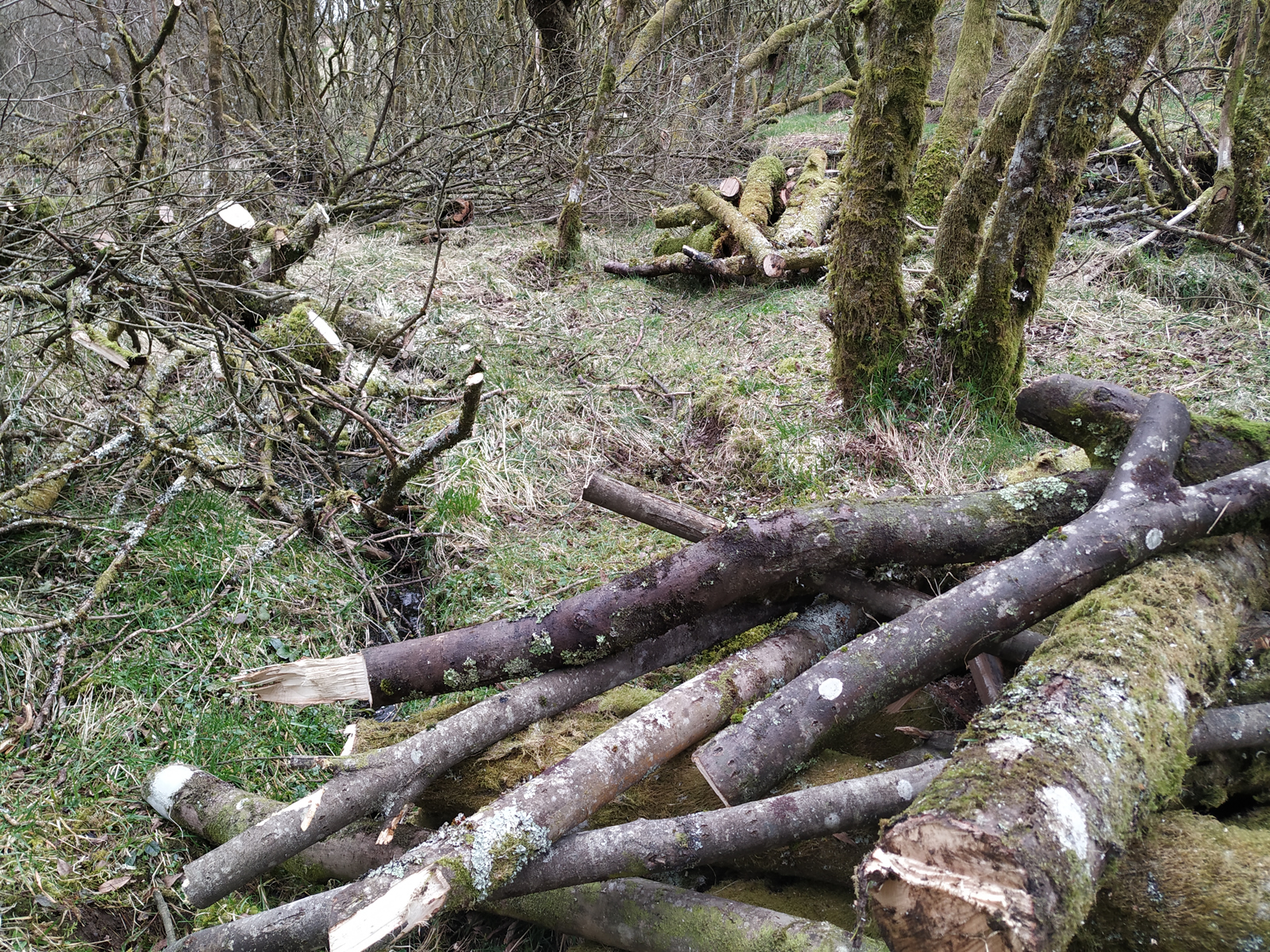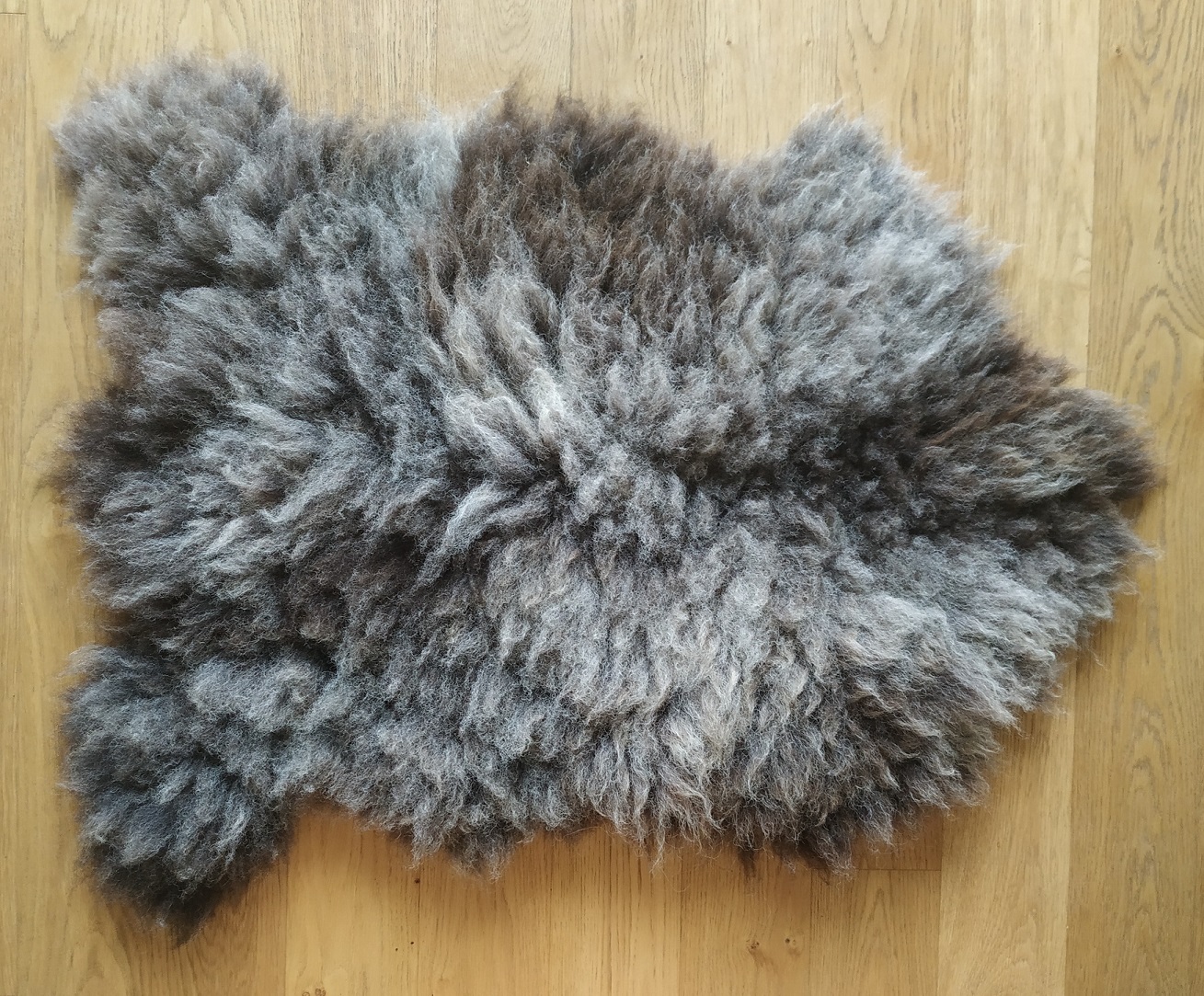
We have quite a large area of willow woodland which spans either side of one of the burns that run through our smallholding. One of the spring jobs is to coppice this. This mainly involves taking out fallen and damaged trees as well as keeping branches away from the road.
It is best done in the spring. In the winter, the burn can be a bit wild and the ground underfoot wet and marshy. In late spring the willow comes into bloom and attracts bees. You don’t want to be felling trees that are covered in bees. Also, as a deciduous tree, it is best to trim willow while it is dormant.

With the weather a little drier and the burn calm enough to wade across, I sharpened the chainsaw and set off. I am always very careful doing this, chainsaws are pretty dangerous. I make sure I am wearing protective clothing.
I also have to careful in judging which way the tree will fall. Most are already leaning over, having been blown over at some point, but they can have tall branches growing up. I wear a hard hat!
One tree decided to have its revenge and, on cutting through its trunk, it swung into the burn and planted itself there. The upper branches remained supported by neighbouring trees. I had to leave it there, I’ll wait and see what the wind can do.

I cleared out the damaged trees one by one and cut the wood into managable lengths. These had to be carried across the burn to where I could collect them. Rather than carry them over slippery stones, I lobbed them over, my version of tossing the caber.
After that, I just gathered them into a tidy pile to await collection – these logs will go into our wood supply. I also pushed some cuttings into the ground to create new trees. Mind you, willow regenerates very quickly so I probably didn’t need to do this.
Anyway, that’s this year’s coppicing done – phew! It’s tiring work.






